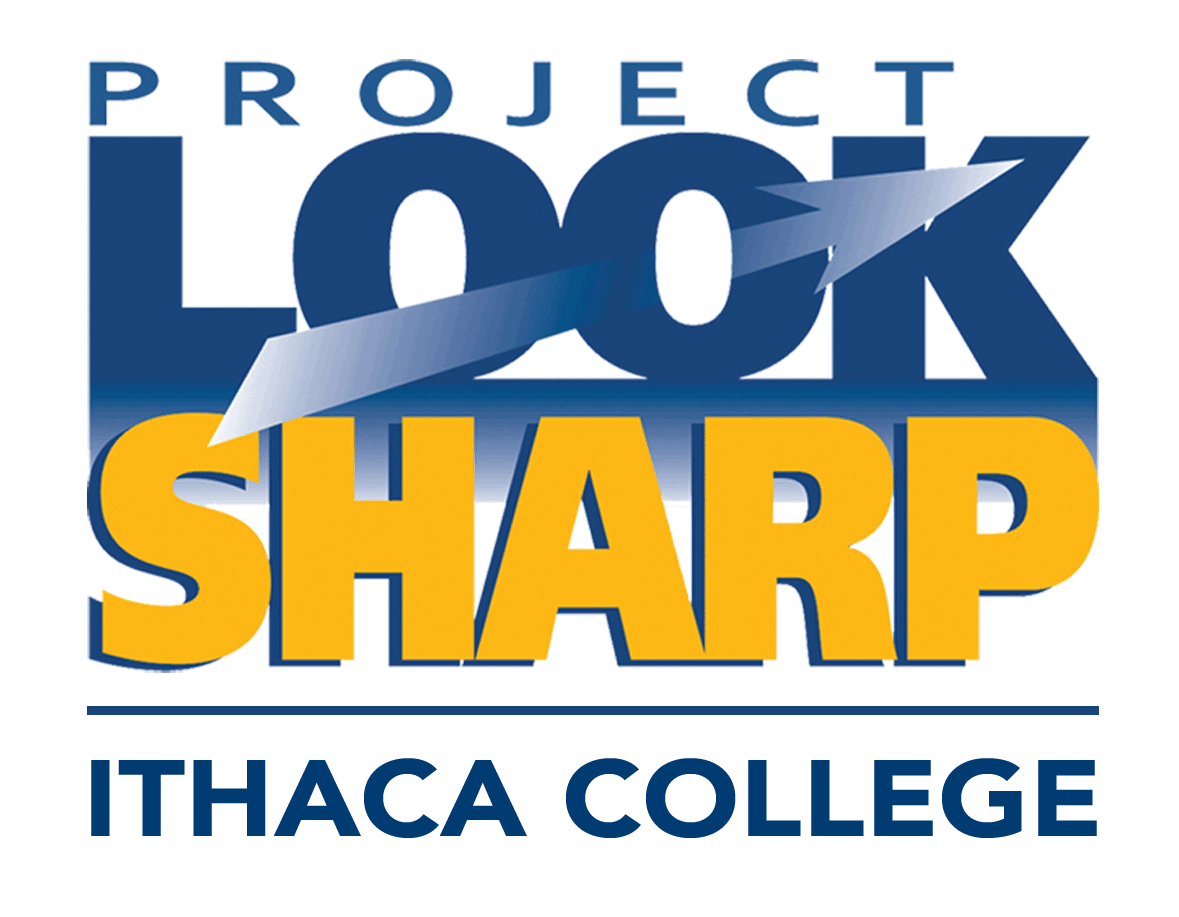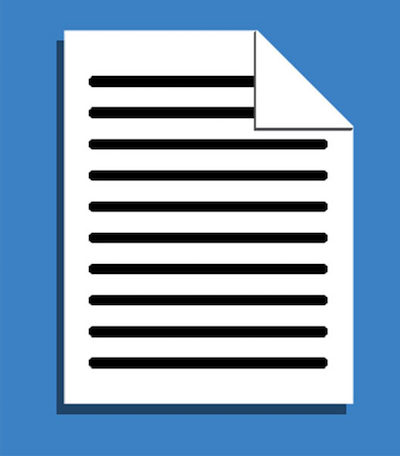Your Search Results (32)
Heroes for Water Protection
Media literacy and critical thinking lesson analyzing a book and video about water steward Marion Stoddart and composing a social message about being a water steward.
This lesson is part of a "kit" or collection of media decoding lessons on a particular topic. You can explore that kit using the link below:
Unit: Water (lower elementary)Kit: Media Constructions of Sustainability: Lower Elementary
Over 60 Minutes
How Do We Decide How Much To Eat And Drink?
Media literacy and critical thinking lesson analyzing web pages and food diagrams to discern messages about food servings.
This lesson is part of a "kit" or collection of media decoding lessons on a particular topic. You can explore that kit using the link below:
Unit: Food ChoicesKit: Media Constructions of Sustainability: Upper Elementary
Over 60 Minutes
How Much Does College Cost?
Students analyze graphs reporting statistics on the cost of college from different sources, applying mathematical, economic and media literacy frameworks.
30-60 Minutes
How Much Water Did it Take to Grow That?
Media literacy and critical thinking lesson analyzing web pages and bar graphs to discern messages about the impact of agriculture on freshwater availability.
This lesson is part of a "kit" or collection of media decoding lessons on a particular topic. You can explore that kit using the link below:
Playlist: Elementary Critical Thinking Skill BuildingUnit: Water (upper elementary)
Kit: Media Constructions of Sustainability: Upper Elementary
Over 60 Minutes
Is This Cereal Healthy? How Can You Find Out?
This is a media literacy and critical thinking activity in which students decode cereal box advertisements for messages about health and nutrition.
15-30 Minutes
Mass Shootings: Tracking the Numbers
This is a media literacy and critical thinking activity in which students decode a blog post, a fact checking website and an article in a national magazine for messages about sourcing and credibility.
30-60 Minutes
Polling on Structural Racism: What Do Different People Believe?
In this media literacy activity students analyze charts and graphs showing polling data on how different groups view structural racism in the United States.
15-30 Minutes
Renewable Energy Sources - Who's Running the Numbers?
Media literacy and critical thinking lesson analyzing written text, web pages and bar graphs to discern messages about renewable energy use.
This lesson is part of a "kit" or collection of media decoding lessons on a particular topic. You can explore that kit using the link below:
Unit: Natural ResourcesKit: Media Constructions of Sustainability: Upper Elementary
Over 60 Minutes
Social Media and Elections: What’s the Connection?
In this media literacy activity students analyze online charts and text for messages about the impact of social media on U.S. elections and political discourse.
30-60 Minutes
Who's in Power in Congress: How Do You Know?
This is a media literacy and critical thinking activity in which students analyze four charts and text about who holds power in Congress for messages about credibility in media sources.
30-60 Minutes
Standards Alignment: National Media Literacy Alliance Joint Statement on Media Literacy Education
This 3-page document briefly summarizes the alignment of media literacy with the core standards for each of the following disciplines: library (AASL + YALSA), technology (ISTE), Journalism (JEA), Early Childhood (NAEYC), Social Studies (NCSS), ELA (NCTE), Math (NCTM), Science (NSTA), and Writing (NWP).
Download
Media Literacy Lesson Design
Lesson Elements
Lesson Conception
Social Studies
English Language Arts
Health
Science And Environment
Math
Arts
Psychology
Teaching Media Literacy & Sustainability for Younger Learners
Related to kit: Media Constructions of Sustainability: Lower Elementary
This webinar offers pedagogical techniques and curriculum materials to support a deeper understanding of how to use media documents that: support content teaching about water quality, climate change and hunger, introduce media production as a way to deepen media literacy awareness, and encourage core subject integration of ELA, math, science and social studies.
View
Media Literacy And Critical Thinking Integration
Constructivist Media Decoding
Media Literacy Lesson Design
Youth Culture And New Technologies
Document Selection
Question Design
Lesson Elements
Lesson Conception
Social Studies
English Language Arts
Health
Science And Environment
Math
Media Production







.png)




